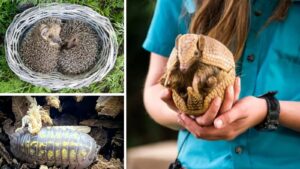You Won’t Believe How These Animals Turn Into Living Balls for Survival
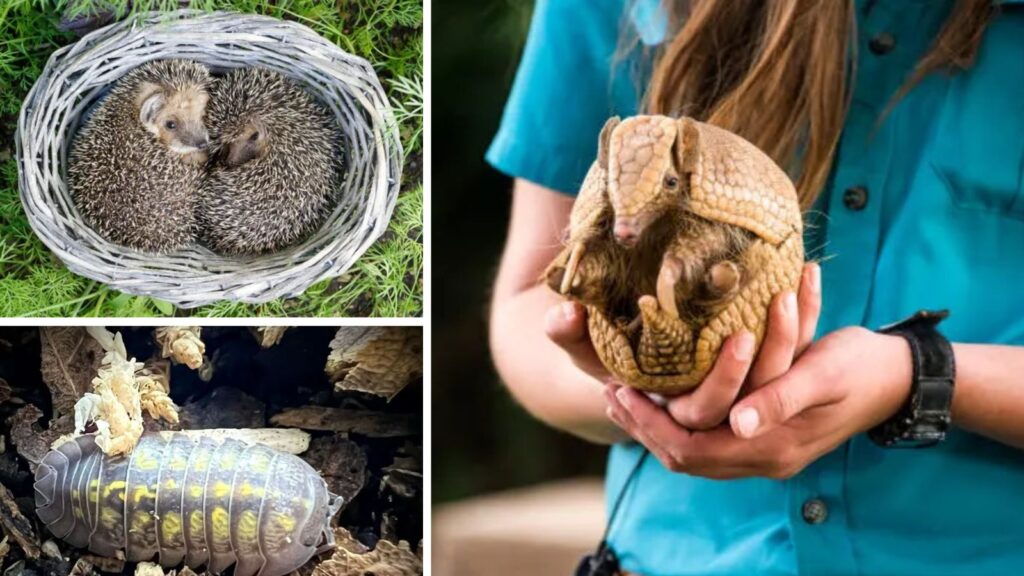
You Won’t Believe How These Animals Turn Into Living Balls for Survival
Imagine walking through a forest or desert and seeing a tiny creature suddenly roll itself into a perfect ball. It might look funny or even adorable, but for many animals, curling up is not just a cute move; it’s a way to stay alive. From the armadillo in the United States to the pangolin in Africa, several animals around the world have mastered this smart survival skill. Let’s meet some of nature’s best “ball rollers” and learn how they use this special ability to protect themselves.
Armadillos
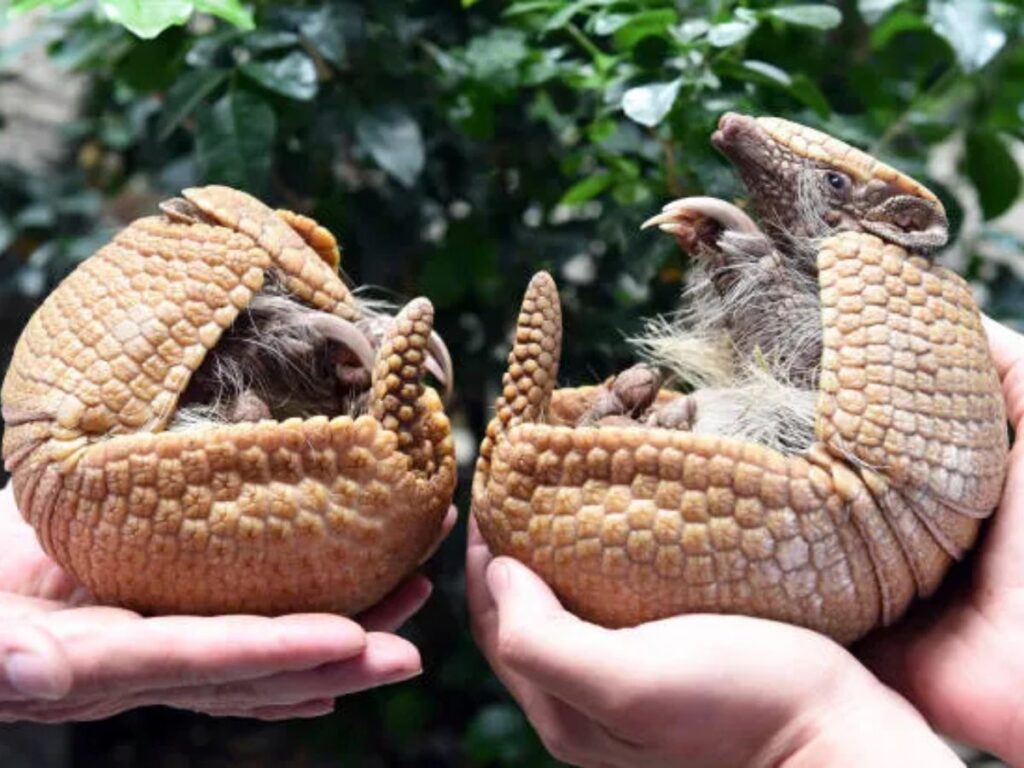
Armadillos are easily recognized by their hard, shell-like armor. These small mammals live mostly in the southern parts of the United States. While all armadillos have tough shells, only one type—the three-banded armadillo, can roll itself into a complete ball. It does this whenever it feels scared or threatened. The shell acts like a shield, keeping predators away. Armadillos have poor eyesight, but they make up for it with an amazing sense of smell, which helps them find insects, grubs, and other tiny creatures to eat.
Pangolin
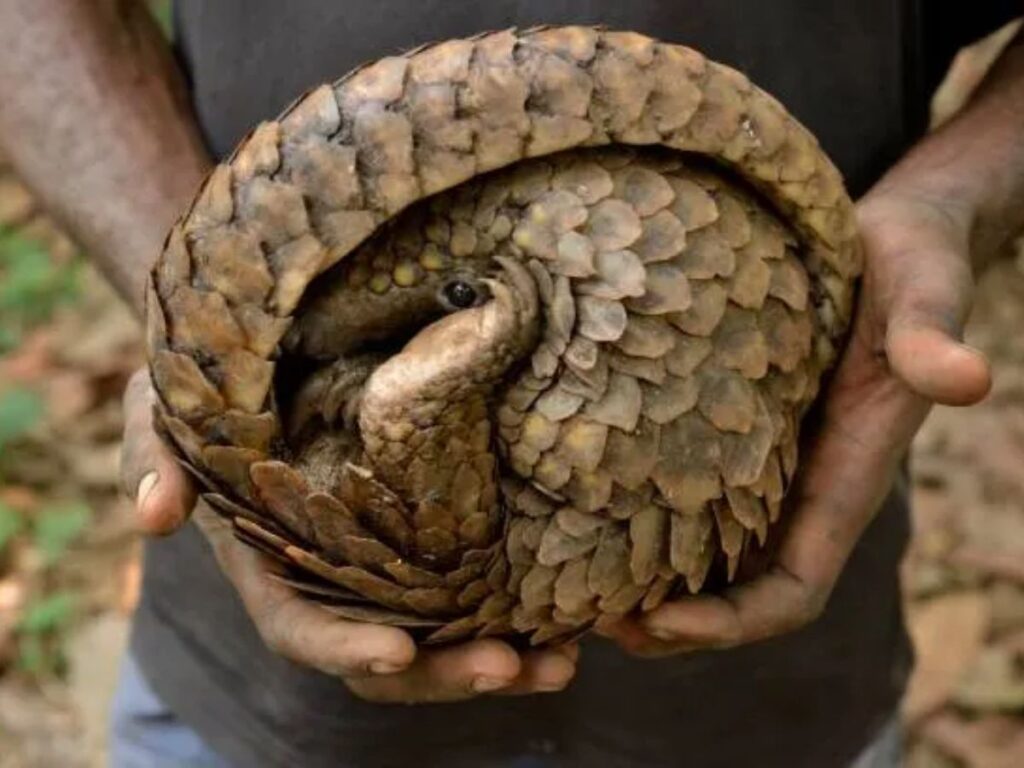
Next comes the pangolin, one of the most unique and, sadly, most hunted animals in the world. Found mostly in Asia and parts of Africa, pangolins are covered in shiny scales made of keratin, the same thing our nails are made of. When danger appears, the pangolin curls up into a tight ball, and its sharp scales protect it like armor. These shy animals eat ants and termites using their long, sticky tongues. Sadly, because people hunt them for their scales, many pangolin species are now endangered or even extinct.
Hedgehogs
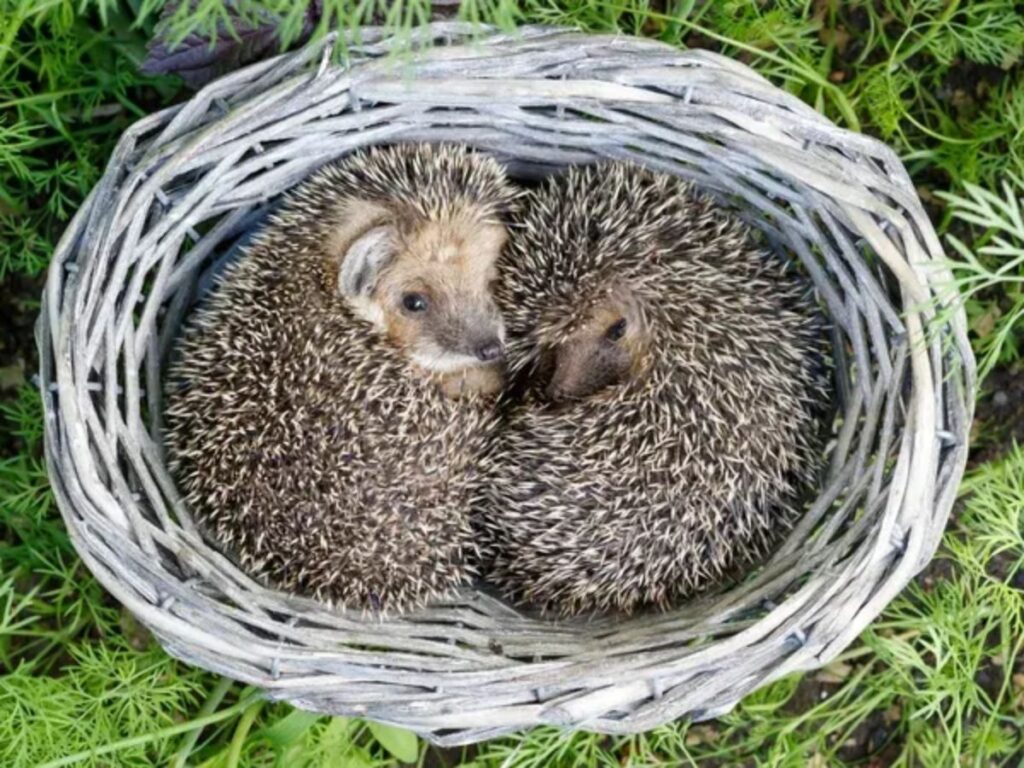
If you’ve ever seen a hedgehog, you know how adorable it looks but don’t be fooled by its cuteness. Hedgehogs are clever defenders. Found across Africa, Europe, and Asia, they use their sharp spines to stay safe. When scared, they curl up into a ball so that only their spiky back shows. Predators don’t stand a chance against that wall of needles. Hedgehogs also use a funny trick called “anointing,” where they spread different smells on their quills to confuse predators. They mostly eat insects, worms, and sometimes even small birds or mice.
Chitons
Not all animals that roll live on land. The chiton, a sea creature found near rocky shores, has a shell made of eight small plates. These plates let it bend and even roll slightly when it feels threatened. Chitons eat algae and bacteria and stick tightly to rocks when waves crash or predators like crabs come close. Their shell falls apart when they die, showing how important those muscles are in holding them together.
Armadillo Girdled Lizard
In South Africa, there’s a small reptile called the armadillo girdled lizard. It doesn’t roll into a smooth ball like an armadillo, but it has its own clever move, it bites its own tail! This makes its body form a ring covered with sharp, scaly spikes, which predators can’t bite into. These lizards love living in rocky mountains and mostly eat spiders and insects. When curled up, they look like a tiny, spiky bracelet!
The Golden Wheel Spider
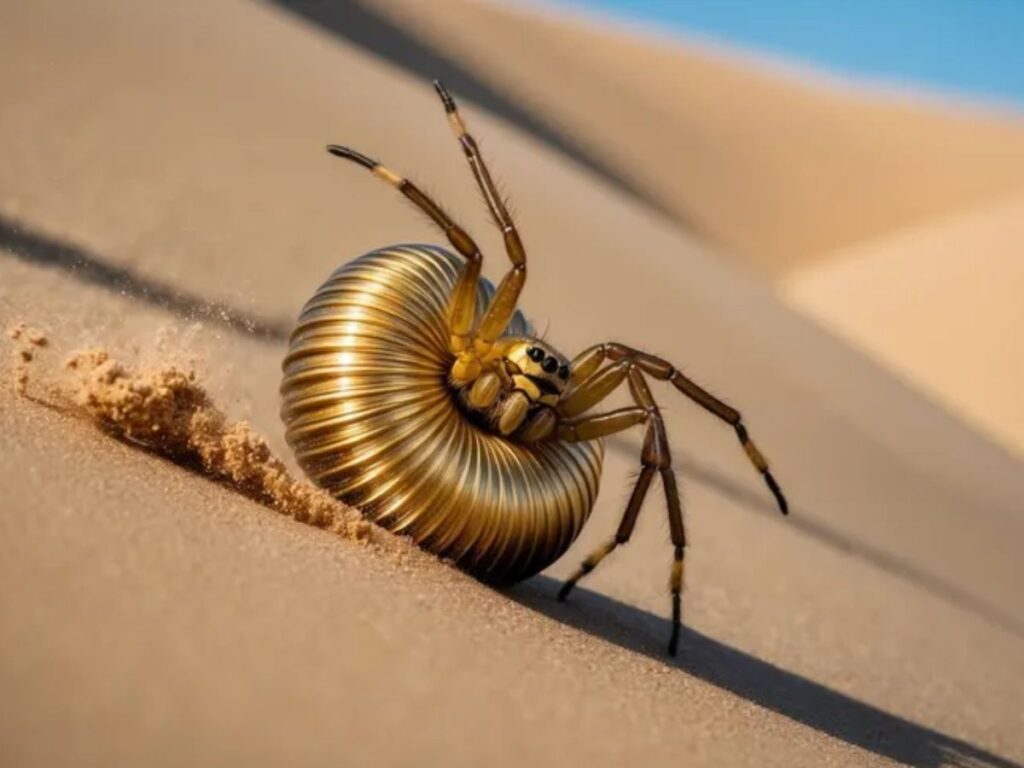
Now, meet the golden wheel spider, another South African wonder. Instead of curling into a ball to hide, this clever spider rolls away from trouble! When chased by predators, it cartwheels down sand dunes like a tiny wheel. It doesn’t spin webs but hunts insects at night. Though mildly venomous, it’s harmless to humans. Its biggest enemy is the pompilid wasp, which paralyzes the spider and lays eggs inside it—a truly scary fate in the wild.
Isopods
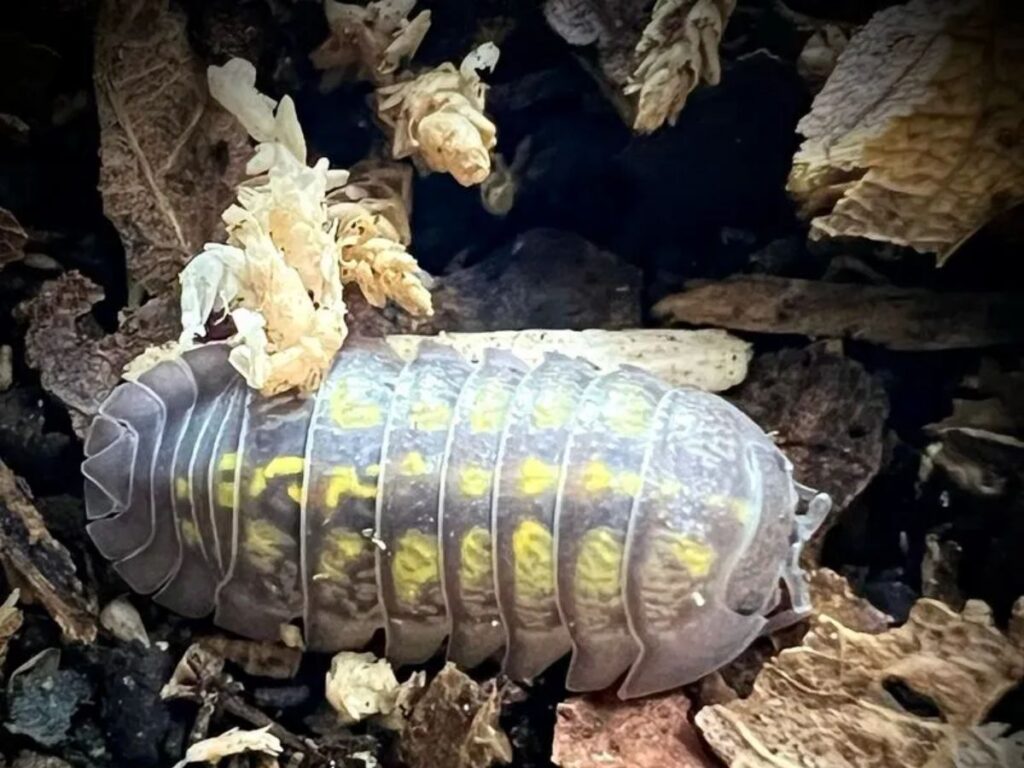
Finally, let’s look at isopods, small creatures that might even live near your home. Some are sea-dwellers, but the ones on land, like pill bugs or roly-polies, are the real rollers. When scared or when it’s too dry, they roll into little balls to protect their soft bodies. These creatures love damp spots and feed on dead plants and animals, helping clean up nature’s mess.
Whether covered in scales, shells, or spines, each one has found a creative way to stay safe.












